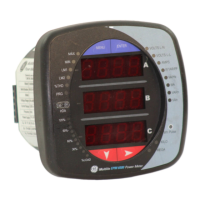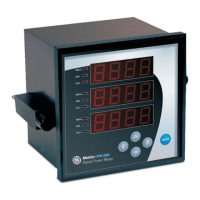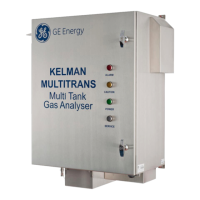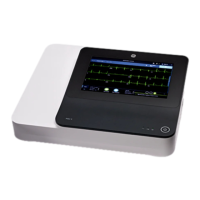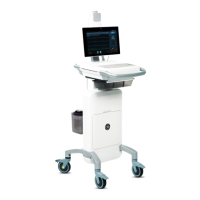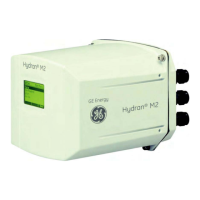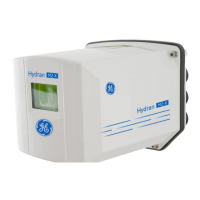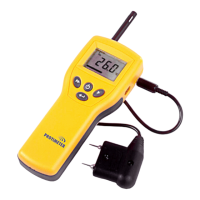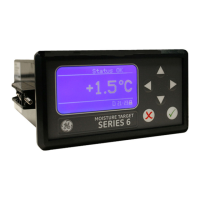CHAPTER 1: OVERVIEW STANDARD FEATURES
PQM POWER QUALITY METER – INSTRUCTION MANUAL 1–5
1.2 Standard Features
1.2.1 Metering True RMS monitoring of I
a
, I
b
, I
c
, I
n
, V
an
, V
bn
, V
cn
, V
ab
, V
bc
, V
ca
, voltage/current unbalance,
power factor, line frequency, watts, vars, VA, Wh, varh, VAh, and demand readings for A, W,
vars, and VA. Maximum and minimum values of measured quantities are recorded and are
date and time stamped.
A 40-character liquid crystal display is used for programming setpoints and monitoring
values and status.
a) Alarms
Alarm conditions can be set up for all measured quantities. These include overcurrent,
undercurrent, neutral current, current unbalance, voltage unbalance, phase reversal,
overfrequency, underfrequency, power factor, switch inputs, etc. The alarm messages are
displayed in a simple and easy to understand English format.
b) Communication
The PQM is equipped with one standard RS485 port utilizing the Modbus or DNP 3.0
protocols. This can be used to integrate process, instrumentation, and electrical
requirements in a plant automation system by connecting PQM meters together to a DCS
or SCADA system. A PC running EnerVista PQM Setup can change system setpoints and
monitor values, status, and alarms. Continuous monitoring minimizes process downtime
by immediately identifying potential problems due to faults or changes from growth.
The PQM also includes a front RS232 port which may be employed to perform such tasks
as:
• data monitoring
• problem diagnosis
• viewing event records
•trending
• printing settings and/or actual values
• loading new firmware into the PQM
Courtesy of NationalSwitchgear.com
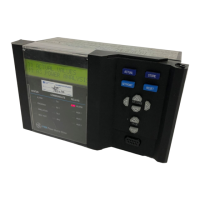
